Abstract
For many animal taxa, the extent to which phylogeny can account for the form of species' social systems has seldom been investigated formally. A quantitative phylogenetic analysis of social systems in the order Primates reveals that social organization may be strongly conserved in some lineages, even in the face of considerable ecological variability. This result has important implications for efforts to understand the evolution of animal societies and for attempts to reconstruct the social organization of early humans.
Full text
PDF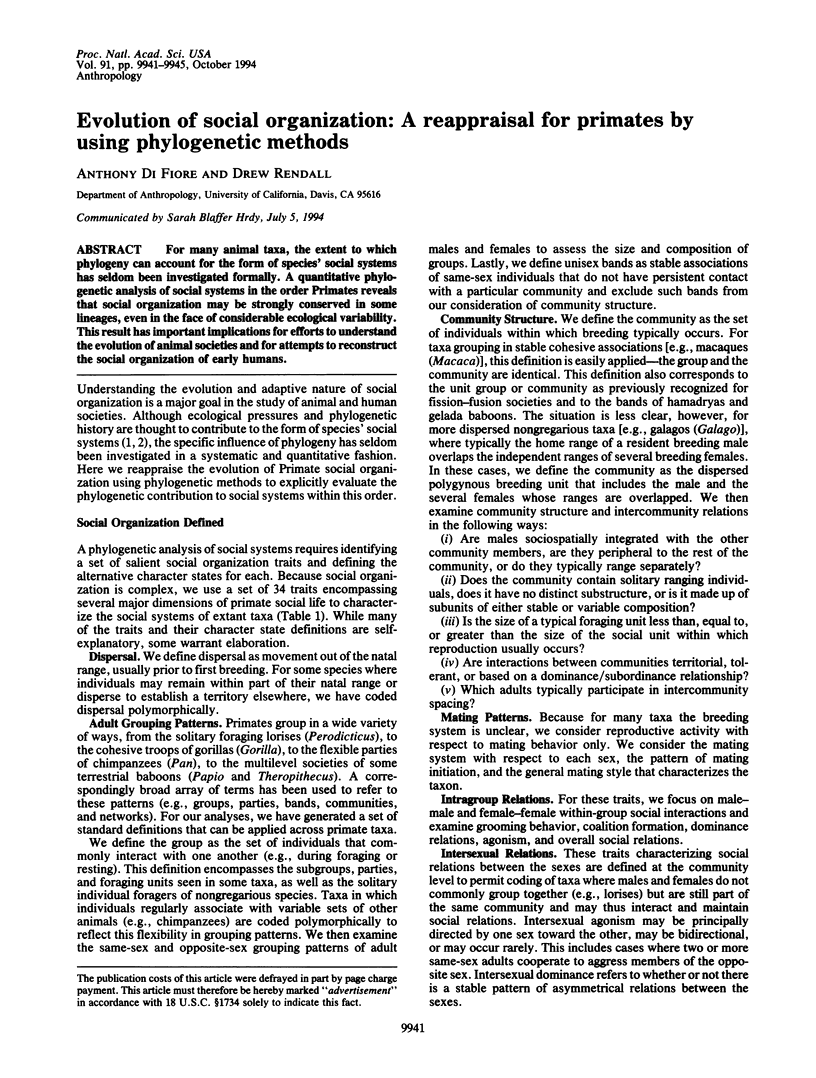
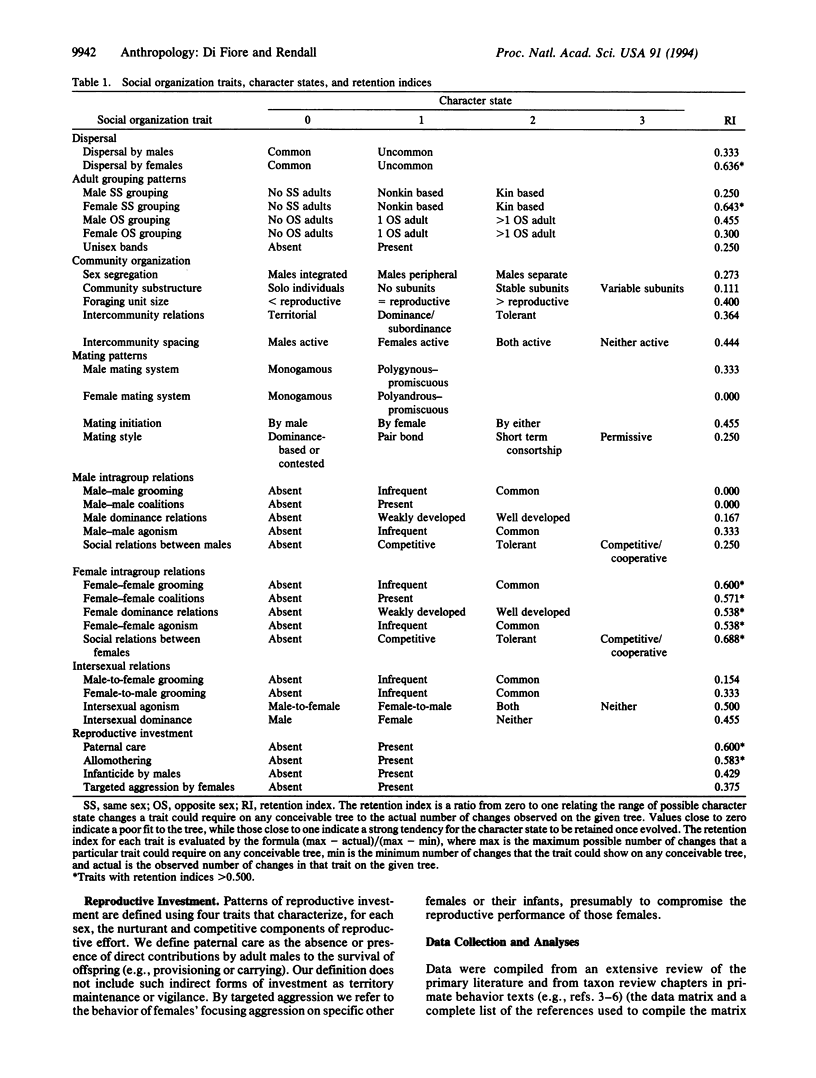
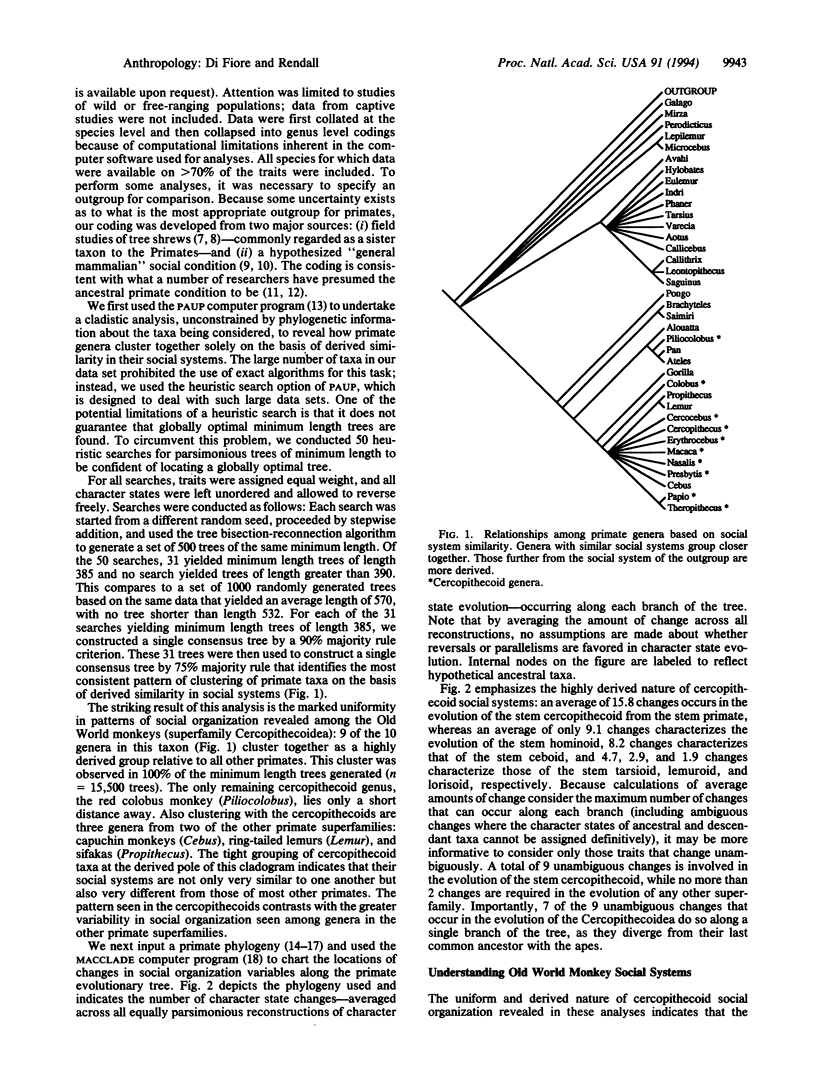
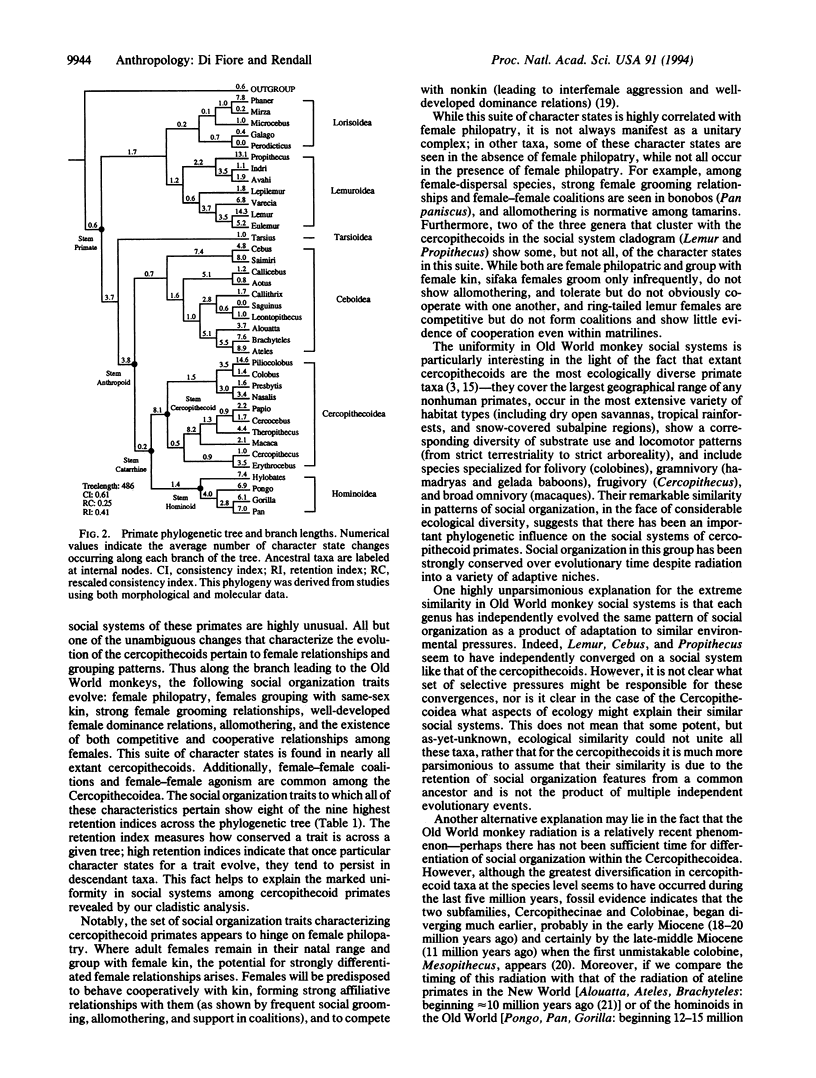
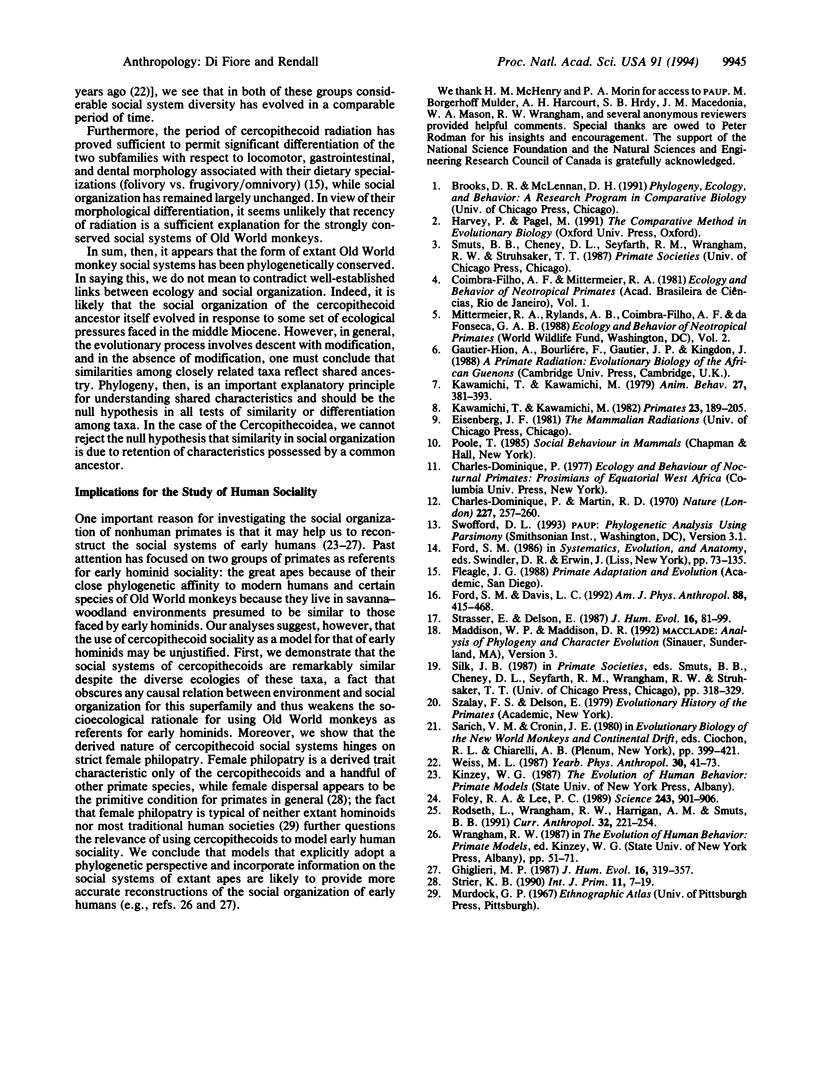
Selected References
These references are in PubMed. This may not be the complete list of references from this article.
- Charles-Dominique P., Martin R. D. Evolution of lorises and lemurs. Nature. 1970 Jul 18;227(5255):257–260. doi: 10.1038/227257a0. [DOI] [PubMed] [Google Scholar]
- Foley R. A., Lee P. C. Finite social space, evolutionary pathways, and reconstructing hominid behavior. Science. 1989 Feb 17;243(4893):901–906. doi: 10.1126/science.2493158. [DOI] [PubMed] [Google Scholar]
- Ford S. M., Davis L. C. Systematics and body size: implications for feeding adaptations in New World monkeys. Am J Phys Anthropol. 1992 Aug;88(4):415–468. doi: 10.1002/ajpa.1330880403. [DOI] [PubMed] [Google Scholar]


